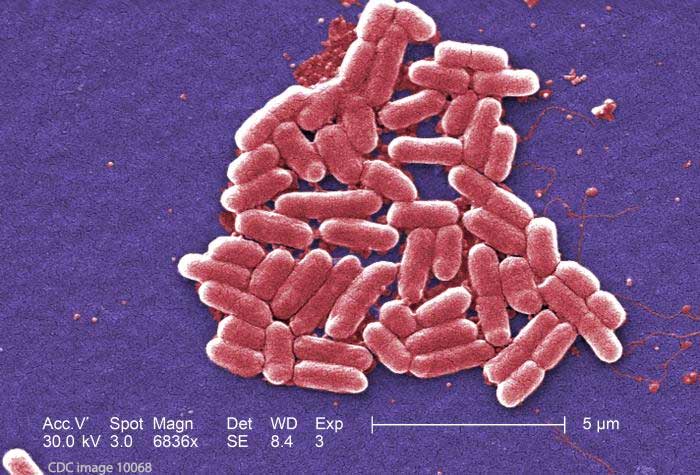An E. coli O111 outbreak at a daycare center in Beaverton, Oregon has sickened five people, according to Wendy Gordon, Communications Director for Washington County Health and Human Services. She told Food Poisoning Bulletin that there are five confirmed cases. Four of the patients have E. coli O111 infections; the fifth is awaiting serotype results.

None of the cases have developed hemolytic uremic syndrome (HUS), which can cause kidney failure, and none have been hospitalized.
Public health officials do not know how the pathogenic bacteria was introduced into the facility. The investigation is ongoing.
Unfortunately, E. outbreaks at daycare centers have occurred before. An E. coli O157:H7 outbreak linked to I.M. Healthy SoyNut Butter last year sickened 32 people in 12 states most of them children. That product was given to kids in daycare centers as an alternative to peanut butter. And in 2015, an outbreak at Learning Vine Daycare in South Carolina sickened 14 children.

Attorney Fred Pritzker, who has represented many clients sickened with E. coli infections, said, “Even when a child recovers from this infection, there is still a risk he or she will develop a serious complication in the future, such as kidney disease.” Call 1-888-377-8900 to talk to Fred.
Attorney Fred Pritzker, who has represented the families of many children sickened in these outbreaks, said, “Children are more vulnerable to complications from this infection because their immune systems are less developed. In fact, children under the age of 5 are more likely to develop HUS, which can cause kidney failure, than any other age group.”
E. coli O111 is a serotype that is less common than E. coli O157:H7, but both bacteria can cause serious illness. In 2014, an E. coli O111 outbreak at Applebees restaurants in Minnesota sickened 13 people. These bacteria produce a toxin called Shiga toxins, which attack the intestinal lining and, if introduced into the bloodstream, can destroy red blood cells.
E. coli bacteria are found in the guts of ruminant animals. Those animals do not get sick from this bacteria, but the pathogens are shed in feces. That can contaminate the animal’s hide, and items in the environment. This pathogenic bacteria is also found in soil.
E. coli bacteria can be passed from person-to-person by the fecal-oral route. That means that a tiny bit of feces from a sick person contaminates a surface, or food or beverages, and another person ingests it.
The main symptom of a Shiga toxin-producing E. coli infection is bloody diarrhea accompanied by painful and severe cramps. Anyone who is experiencing those symptoms should be taken to a doctor immediately. An E. coli infection can be life threatening.




